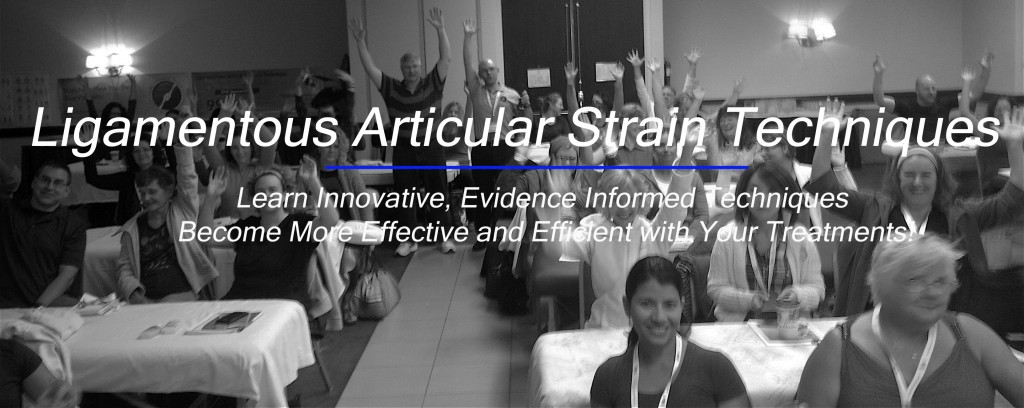Ligamentous Articular Strain Technique (LAST) is a principle-based, client-centred, context-dependent, novel manual therapy approach, utilized in the treatment of joint tissue injuries, conditions and dysfunctions to improve treatment outcomes and improve the quality of life of clients.
Therapists today understand that we have shifted our perspective from purely an ‘operator’ acting on the client to providing therapy from an ‘interactor’ perspective. We understand that treatment goes far beyond the manual technique.
Person-centred treatment Involves the integration of the best research evidence with clinical expertise, recognizes and includes the experience, communication, terminology, candour of the therapist, the unique values, life experiences, thoughts, beliefs and expectations of the client, all aspects of the clinical environment, and that the interaction between all these factors contribute to the mutually desired client outcome.
Therapists and Clinicians today practice from an evidence-based approach. This involves integrating individual clinical expertise, the use of evidence from well-designed research, the use of logical reasoning and the gathering of ideas and knowledge from many overlapping disciplines.
It was once thought that “since it is the ligaments that are primarily involved in the maintenance of the lesion it is they, not muscular leverage, that are used as the main agency for reduction.” Today we know that although the ligaments are affected in joint injuries, they are not the only nor the primary tissues that may be affected.
Joint injuries/conditions can cause disruptive biomechanical functions to associated structures including ligaments, muscle, bone nerves and neurovasculature. Typically, these injuries/conditions cause neurophysiologic dysfunctions such as inflammation, signalling that elicits protective neurological ligamentomuscular guarding, sensorimotor impairment and pain/discomfort, and changes in joint motion and motor control. Neurophysiological and neuroimaging studies provide evidence for CNS reorganization (neuroplasticity) at the cortical and spinal levels after joint injuries.
Injuries/conditions affect our thoughts, beliefs and expectations. Our past experiences and the influences of those around us impact our outcomes. How we think and feel greatly affects how we heal and manage our rehabilitation.
Today, Therapists and Clinicians recognize that injuries are complex, involving both connective tissue and neuropsychophysiologic dysfunctions. These injuries lead to the reorganization of the central nervous system, affecting neural plasticity.
“Clinicians should remember that manual techniques are not tools to fix the patient’s body rather they provide the opportunity to communicate with the patient’s brain similar to words.” (Geri et al., 2019, P3)
